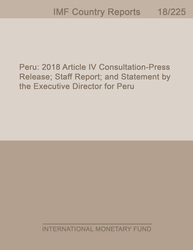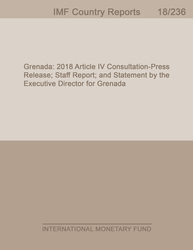
Thailand
Financial System Stability Assessment
Banks represent a sizable share of the financial sector in Thailand, but other deposit-taking institutions and NBFIs have grown significantly in the last decade. While assets of banks represented 46 percent of total financial assets at end-2018, the government-owned SFIs and TCCs now play a key role in providing credit to households. Assets of the insurance and mutual fund sectors have doubled as a share of GDP over the last decade, and capital markets are largely on par with regional peers. Financial vulnerabilities appear to be contained, but household indebtedness is relatively high and there are signs of weaknesses in some corporates and SMEs. Weaker-than-expected growth in China and advanced economies, sharp rise in risk premia, and entrenched low inflation would adversely impact the financial system. Despite these risks, the banking sector is resilient to severe shocks. Stress tests results and sensitivity analysis indicate that the largest banks can withstand a shock broadly as severe as the Asian financial crisis. While data is limited, deposit-taking SFIs appear to be vulnerable to asset concentration and interest rate risk. Systemic and contagion risks stemming from interlinkages across banks and nonbanks are limited. Risk analysis could benefit from data improvements, including on liquidity and SFIs, and from the development of tools to assess concentration risk at an entity level.
Publication date: October 2019
ISBN: 9781513516486
$18.00
Add to Cart by clicking price of the language and format you'd like to purchase
Available Languages and Formats
| English |
Prices in red indicate formats that are not yet available but are forthcoming.
Topics covered in this book
This title contains information about the following subjects.
Click on a subject if you would like to see other titles with the same subjects.
ISCR , CR , Bot , CUs , commercial bank , ELA , interest rate risk
Also of interest
Summary
Copyright © 2010 - 2026
Powered by:
AIDC



